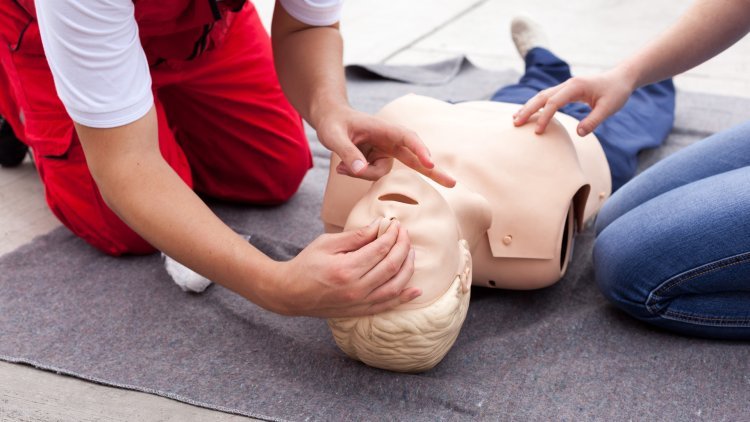The Top 5 First Aid Skills Everyone Should Learn
first aid training courses

When an emergency strikes, first aid training courses can be life-saving. Knowing how to respond quickly and effectively in a crisis can make all the difference. Whether it’s a minor injury or a critical medical situation, having the right skills can save lives. Below are the top five first aid skills everyone should learn to be prepared for any emergency.
1. CPR (Cardiopulmonary Resuscitation)
CPR is a crucial first aid skill that can keep a person alive until professional help arrives. It is used in situations where someone has stopped breathing or their heart has stopped beating. Learning CPR techniques through certified first aid training courses ensures you can perform chest compressions and rescue breaths correctly.
How to Perform CPR:
- Check the person for responsiveness.
- Call emergency services immediately.
- Begin chest compressions at a rate of 100-120 per minute.
- Give two rescue breaths after every 30 compressions.
- Continue until professional medical help arrives.
2. The Heimlich Maneuver (Choking Response)
Choking can quickly turn fatal if not addressed immediately. The Heimlich maneuver is a simple yet effective technique to clear a blocked airway.
Steps to Perform the Heimlich Maneuver:
- Stand behind the choking person.
- Place your arms around their waist.
- Make a fist with one hand and place it above their navel.
- Grasp your fist with the other hand and thrust inward and upward.
- Repeat until the object is expelled.
3. Treating Burns
Burns can happen anywhere, whether from a kitchen accident or exposure to extreme heat. Knowing how to treat burns effectively minimizes damage and speeds up recovery.
First Aid for Burns:
- First-degree burns: Cool with running water for at least 10 minutes.
- Second-degree burns: Cover with a sterile, non-stick dressing.
- Third-degree burns: Seek immediate medical attention.
- Never apply ice or butter to burns, as this can worsen the injury.
4. Stopping Bleeding and Wound Care
Excessive bleeding can lead to severe complications if not controlled immediately. Knowing how to manage wounds is a key part of first aid training courses.
Steps to Control Bleeding:
- Apply direct pressure with a clean cloth.
- Elevate the wounded area above heart level if possible.
- Use a bandage to secure the dressing.
- If bleeding does not stop, apply additional layers of dressing without removing the initial one.
- Seek medical help if the wound is deep or continues to bleed heavily.
5. Recognizing and Treating Shock
Shock occurs when the body is not getting enough blood flow, which can lead to organ failure if not treated quickly.
Symptoms of Shock:
- Pale or clammy skin
- Rapid breathing
- Weak or rapid pulse
- Confusion or dizziness
First Aid for Shock:
- Lay the person down and elevate their legs.
- Keep them warm and comfortable.
- Call emergency services immediately.
- Do not give food or drink.
Why You Should Enroll in a First Aid Training Course
Emergencies happen when we least expect them. Enrolling in a first aid training course ensures you have the skills and confidence to act swiftly in an emergency. Certified courses teach practical, hands-on skills that could save a life in critical moments.
Conclusion
First aid is a skill everyone should learn. By taking first aid training courses, you become an asset to your community, workplace, and family. Investing in lifesaving knowledge can make a difference in emergency situations. For expert first aid training, we highly recommend Stewart First Aid, a trusted provider in the UK.
For more information about technology visit blogmrworld.
What's Your Reaction?












